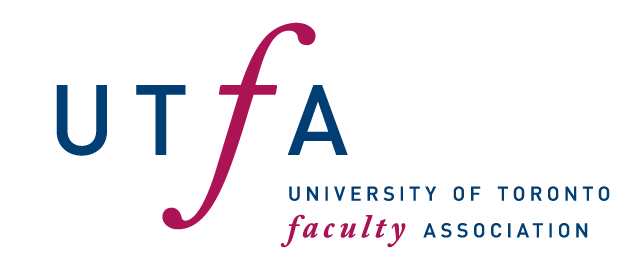We are writing to alert you about a potential health and safety concern. We have learned that Legionella has emerged as a serious public health issue on campus, in part due to the reduced occupancy of university buildings and resulting reduction in water usage.
What is Legionella?
“Legionella are bacteria found in natural water environments and can grow in human-made water systems, such as plumbing [including faucets, toilets, water fountains], cooling towers, hot tubs, showers and decorative fountains.” (Public Health Ontario)
If sufficient levels of Legionella bacteria are inhaled, they can cause a variety of symptoms ranging from mild flu-like symptoms to a more serious illness called Legionnaires’ disease.
More information on Legionella can be found at Public Health Ontario.
How is Legionella transmitted?
Legionella can spread through the air from mists created when faucets and other devices are used, causing people to breathe them in. The bacteria do not spread from person to person.
What do I need to know?
The plumbing systems in buildings that are closed or have greatly reduced occupancy may become stagnant, leading to the development of Legionella.
Is Legionella an issue at the University of Toronto?
Yes. We are aware of positive test results from multiple different buildings. Levels of Legionella in some of the buildings tested have been very high.
The following information is based on what we are aware of to date:
Here is a list of buildings where Legionella has been detected in one or more areas after repeat testing:
- C. David Naylor Building (6 Queen's Park Crescent West)
- Dentistry Building (124 Edward Street)
- Gage Building (223 College Street)
- Galbraith Building (35 St George Street)
- Gerstein Science Information Centre (9 King's College Circle)
- Ramsey Wright Laboratories (25 Harbord Street)
- University College (15 King's College Circle)
Here is a list of buildings that had at least one concerning test result:
- Canadiana Gallery (14 Queen's Park Crescent West)
- Cumberland House (33 St George Street)
- Engineering Annex (11 King's College Road)
- Health Sciences Building (155 College Street)
- 263 McCaul Street
- Mechanical & Industrial Engineering Building (5 King's College Road)
What should I watch out for?
Please look for Notices of Water Shutdown or Notices of Potable Water Testing in your building. If you see a notice, you should hear about the results of any testing that has occurred.
How do I know if my building is safe?
Contact the co-chairs of your Joint Health and Safety Committee if they do not first reach out to you in relation to the testing results of your building. Note that co-chairs comprise a management and a worker representative.
You can find a list of Joint Health and Safety Committee members here.
Questions you may wish to ask include:
1. Has my building been tested for Legionella recently?
2. If so, have any test results not been green?
3. If so, what is being done to address this safety risk?
Are Legionella testing results publicly available?
No, but we are urging the University Administration to create a publicly available online dashboard of test results so that members of the University community can go to a central location online to ensure that their buildings are safe from Legionella.
Does the university have a water maintenance program?
Yes, but the University of Toronto Faculty Association (UTFA), Canadian Union of Public Employees 3902 (CUPE 3902), and United Steel Workers Local 1998 (USW Local 1998) have several concerns with it. For example, it does not provide specific guidance on how to protect the health and safety of the workers who are conducting flushing/testing and does not have a clearly defined process for identifying and remedying issues that may be systemic (e.g., multiple orange or red test results in the same building on one or more occasions).
The information we received so far is the result of advocacy led by UTFA, CUPE 3902, and USW Local 1998.
We are frustrated with the University Administration’s inconsistent provision of information.
For this reason, we are grateful that our close working relationship has allowed all three parties to share information that we all may not have, such as the information that USW Local 1998 automatically receives through their Central Health and Safety Committee.
Is it true that Legionella cannot make me sick unless I am a member of a susceptible population?
No. Expert guidelines state that there is no safe level of Legionella. Healthy people can be harmed if exposed to the bacteria.
Does the University have to provide Legionella testing results to its workers?
It is our opinion that it does. Given that Legionella is a hazard to workers, Legionella testing results are a "report that concern[s] occupational health and safety" as defined in the Occupational Health and Safety Act (OHSA). Accordingly, and in compliance with OHSA, the University Administration has an obligation to provide this information to workers.
We further believe that the University Administration should automatically provide up-to-date information on Legionella testing as part of its ongoing best practices in relation to health and safety.
Please be sure to contact UTFA via faculty@utfa.org if you are unable to get the answers that you need from your Joint Health and Safety Committee.
Terezia Zorić
UTFA President
On behalf of UTFA’s Central Health and Safety Committee
(Adria Giacca, Jun Nogami, James Scott, and Terezia Zorić)
